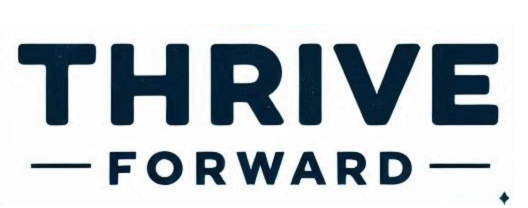If you’re living paycheck to paycheck, managing debt can feel overwhelming, but it’s not impossible. With a strategic approach, you can regain control of your finances and work toward financial stability.
Step 1: Assess Your Financial Situation
The first step is to understand exactly where you stand. List all your debts, including credit cards, payday loans, and rent-to-own agreements. Note the interest rates, minimum payments, and due dates. Then, compare your total debt to your income. This process can be uncomfortable, but it’s necessary to create a realistic plan.
Step 2: Prioritize Your Debts
Not all debts are created equal. Focus on paying off high-interest debts first, such as payday loans and credit cards. This is often called the “avalanche method.” Alternatively, you can use the “snowball method” by paying off the smallest debts first to build momentum. Choose the method that aligns with your personality and motivation.
Step 3: Create a Budget
A well-structured budget is essential. Start by listing your fixed expenses, such as rent, utilities, and transportation. Then, allocate funds for variable expenses like groceries and entertainment. Finally, dedicate a portion of your income to debt repayment, even if it’s a small amount. Budgeting apps or spreadsheets can help you stay organized.
Step 4: Build an Emergency Fund
While paying off debt is important, having an emergency fund is equally crucial. Start small; even $500 can prevent you from resorting to high-interest loans in emergencies. Set aside a little each paycheck until you reach your goal.
Step 5: Reduce Unnecessary Expenses
Examine your spending habits to identify areas where you can cut back. Cancel unused subscriptions, cook at home instead of eating out, and shop sales for essentials. Redirect the money you save toward your debt payments.
Step 6: Seek Additional Income Streams
If possible, look for ways to increase your income. Consider freelancing, selling items you no longer need, or taking on a part-time job. Every extra dollar can accelerate your debt repayment.
Step 7: Negotiate With Creditors
Don’t hesitate to reach out to your creditors to negotiate lower interest rates or more manageable payment terms. Many companies are willing to work with you if you’re proactive and demonstrate your commitment to repaying your debt.
Step 8: Educate Yourself About Money Management
Financial literacy is key to breaking the paycheck-to-paycheck cycle. Read books, listen to podcasts, or take online courses about budgeting, saving, and investing. The more you know, the better equipped you’ll be to make sound financial decisions.
Step 9: Practice Patience and Discipline
Managing debt is a marathon, not a sprint. Celebrate small victories along the way, and remind yourself of the long-term benefits of financial freedom. Stay disciplined, even when it’s tempting to deviate from your plan.
Final Thoughts
Living paycheck to paycheck while managing debt is challenging, but it’s not insurmountable. By understanding your financial habits, creating a plan, and taking consistent action, you can work toward a more stable and stress-free financial future. Remember, every step you take brings you closer to the peace of mind you deserve.



